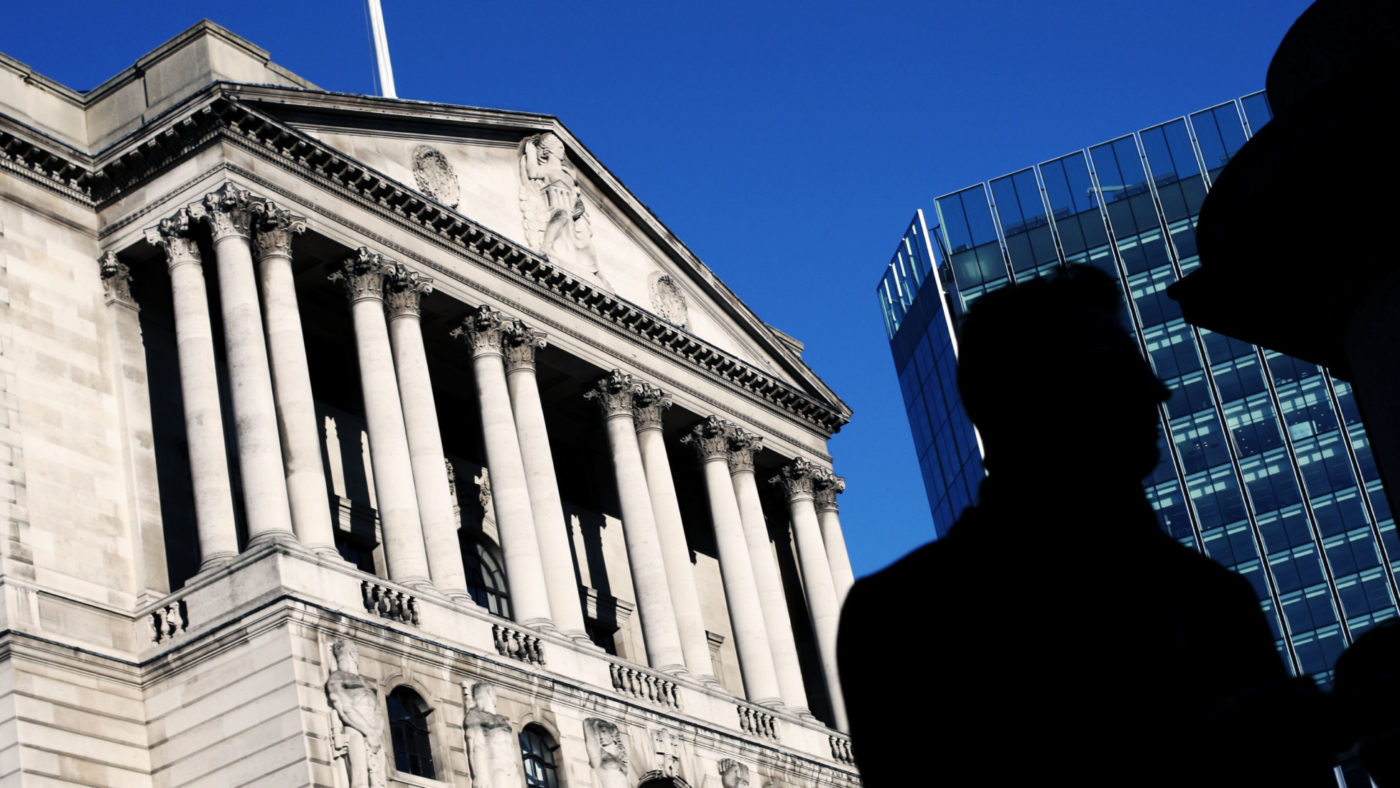In November, the Bank of England raised interest rates by 0.25 per cent, the first rate rise for more than 10 years. You may well have forgotten, because the past couple of months have witnessed a profound lack of negative economic reaction to that rise. GDP in the final quarter of the year (two thirds of which was after the rate rise) is believed to have grown 0.6 per cent – an acceleration from recent previous quarters. The FTSE All Share index is up 3 per cent since November 1. UK bank bonds have not become distressed. We don’t have November or December unemployment data yet, but no one expects it to indicate a large rise.
All in all, despite the terror of what a rate rise might do that had haunted policy-makers for years, when it finally came it was a complete non-event. That should give us the confidence to try another rise soon – ideally as soon as February, when the MPC next meets.
There’s plenty of conventional reason for rate rises. Inflation is comfortably above target, with the target index (CPI) sitting at 3 per cent versus its target level of 2 per cent. It is true that the rise in inflation to early 2017 was partly a one-off effect of a fall in the pound. But it’s equally true that that elevated level has hung around for some months now and, more fundamentally, that a rise in interest rates would be likely to result in a strengthening of the pound, reversing the exchange rate effect on inflation. There’s nothing to stop the Bank from meeting its target via a stronger pound and slightly cheaper imports.
Another conventional reason for rate rises would be GDP growing at above the “sustainable growth rate” for the economy, eliminating the output gap. Well, I don’t agree that the sustainable growth rate is, under these particular circumstances, invariant to the interest rate. I think that at higher interest rates the sustainable growth rate will rise. But even if the sustainable growth rate were entirely given (“exogenous”, as economists say), current estimates are that the UK economy is growing faster than its sustainable growth rate, under circumstances where unemployment is extremely low. Those two factors in combination would normally imply a rate rise.
Even if we didn’t have such conventional reasons (above-target inflation, above-sustainable-rate GDP growth, below-full-employment unemployment), there would still be an extremely strong argument to raise rates. Economies do not grow at their fastest, over the medium term, when interest rates are kept at their lowest possible level. Instead, they growth at their fastest when rates are at their “natural” equilibrium level, which for the UK is at least 3.5 to 4 per cent (down from its historic norm of 4.5 to 5 per cent). We don’t want to raise rates to 3.5 to 4 per cent all in one go, but we are currently very far below that level, and economic theory predicts that when we are far below the equilibrium level the economy will grow slower, over the medium term.
If we want our economy to flourish over the medium term, we should therefore be seeking whatever opportunities present themselves to get rates back towards their natural equilibrium level. The attitude should not be that we need a good reason to raise rates. The attitude should be that we need a really compelling reason to keep rates so far from their equilibrium level, and if we do not have such a reason we should be seeking to move rates (gradually, cautiously, sensibly) back towards their equilibrium level. It has now been some years since we had an “emergency” justification for keeping interest rates at an emergency level. “Normalisation” should be our watchword.
The economy’s reaction to the November rate rise shows that fears about the disruption that gradual rate rises might cause were overblown. We’ve got away with the first baby-step on the road to interest rate normalisation. We should take the next such step as soon as possible.


